Division
Wormhole!
Send your students on a dangerous trip which coincidently happens to be a fantastic introduction/practice for division. If they make a mistake they’ll crash in a heap of fractions.
If you want an easier wormhole, use 9 points instead of 11 points. You will find both on the worksheets below:
Some wormholes are a lot tougher than others – if you want a to standardize your wormhole experience do the codeword construction together as a class.
The Tree of Numbers and EKG sequences
Student groups should work independently and then collaboratively to find when these integer sequences converge.
Neil Sloane introduced me to the first EKG sequence in 2014. Its beauty and suitability for the classroom was pivotal in setting up the Integer Sequences K-12 conference that you can read about here.
Chicken and Egg
Choose a number. Find all of its proper divisors. Add them up to find a new number. Repeat. What happens? That’s what we are going to explore in this quirky visit with Tweedledum and Tweedledee.
Symbiotic sets are an excuse to practice problem solving and division. I love these little sets and hope you’ll surpass me by finding more. Please email me your discoveries… gord at mathpickle dot com.
Fractions and decimals are connected in magical ways. Here we convert from fractions to decimals and from decimals to fractions.
Epic failure of arithmetic – when our operators (addition, subtraction, multiplication and division) fail to give us the answer! It is fun for students to see when things don’t work. It also forces them to be careful!

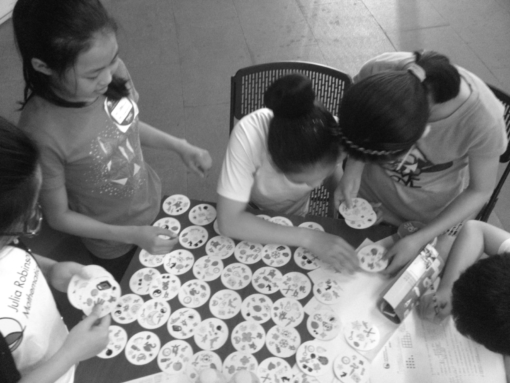
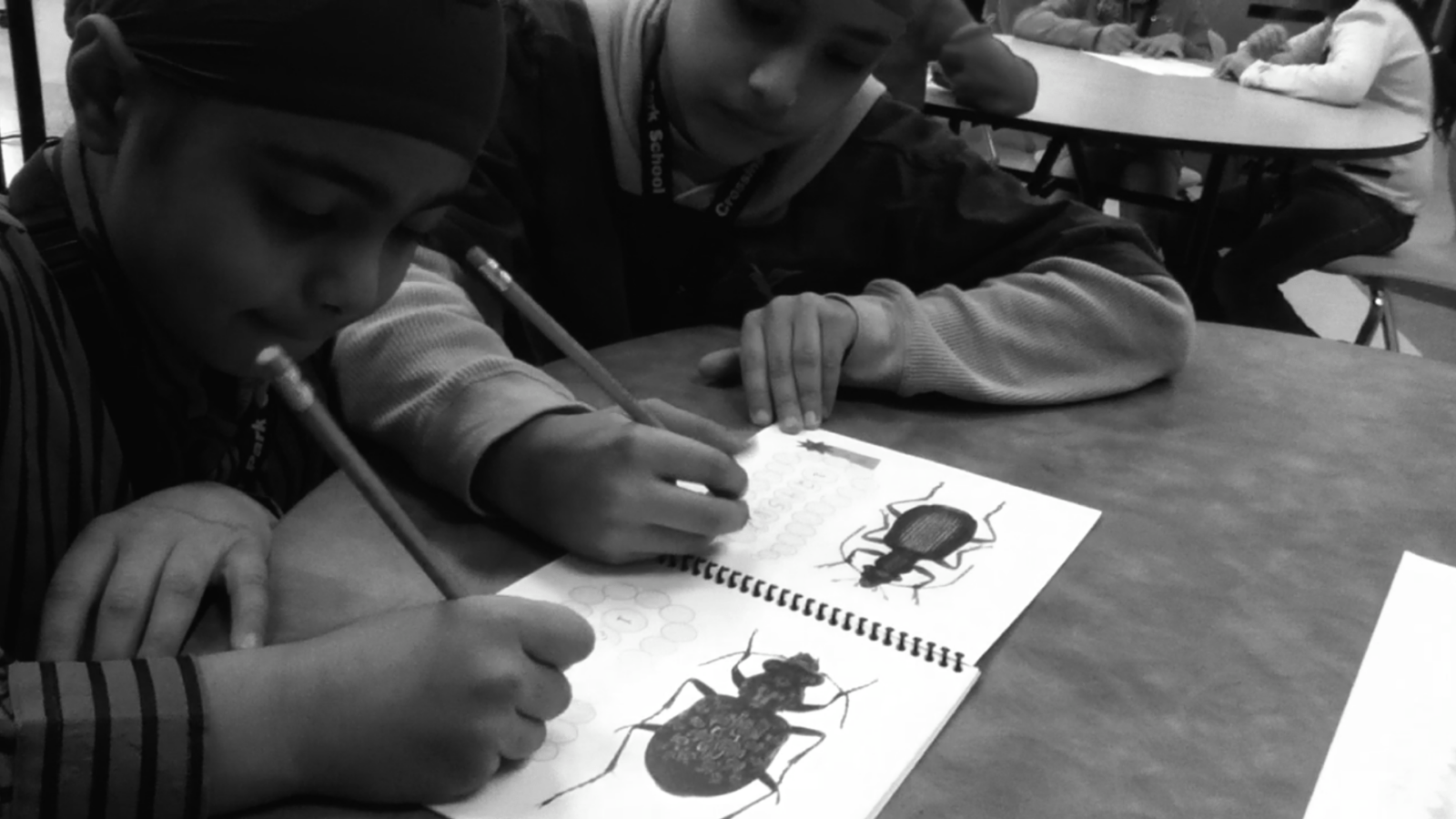
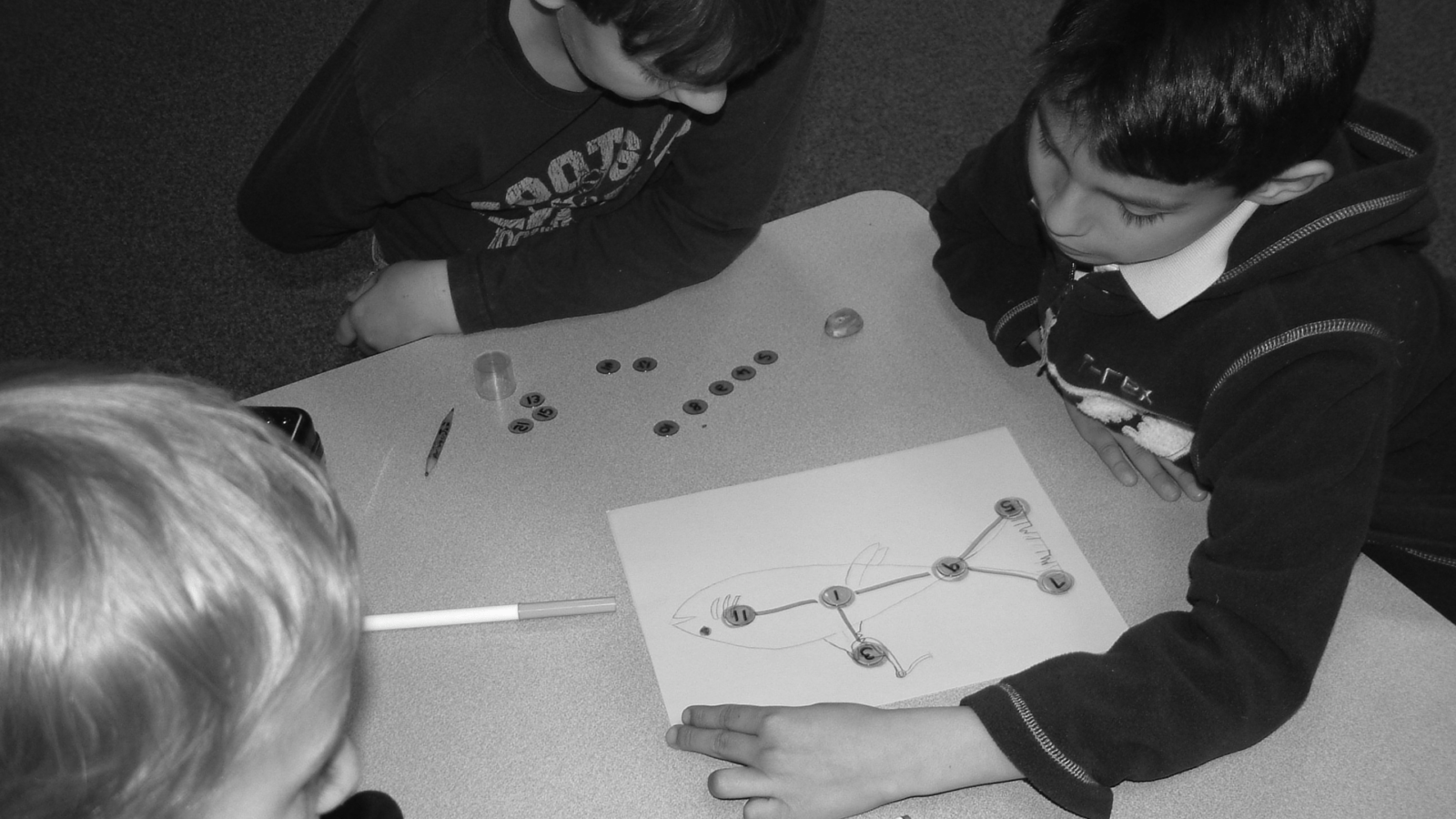
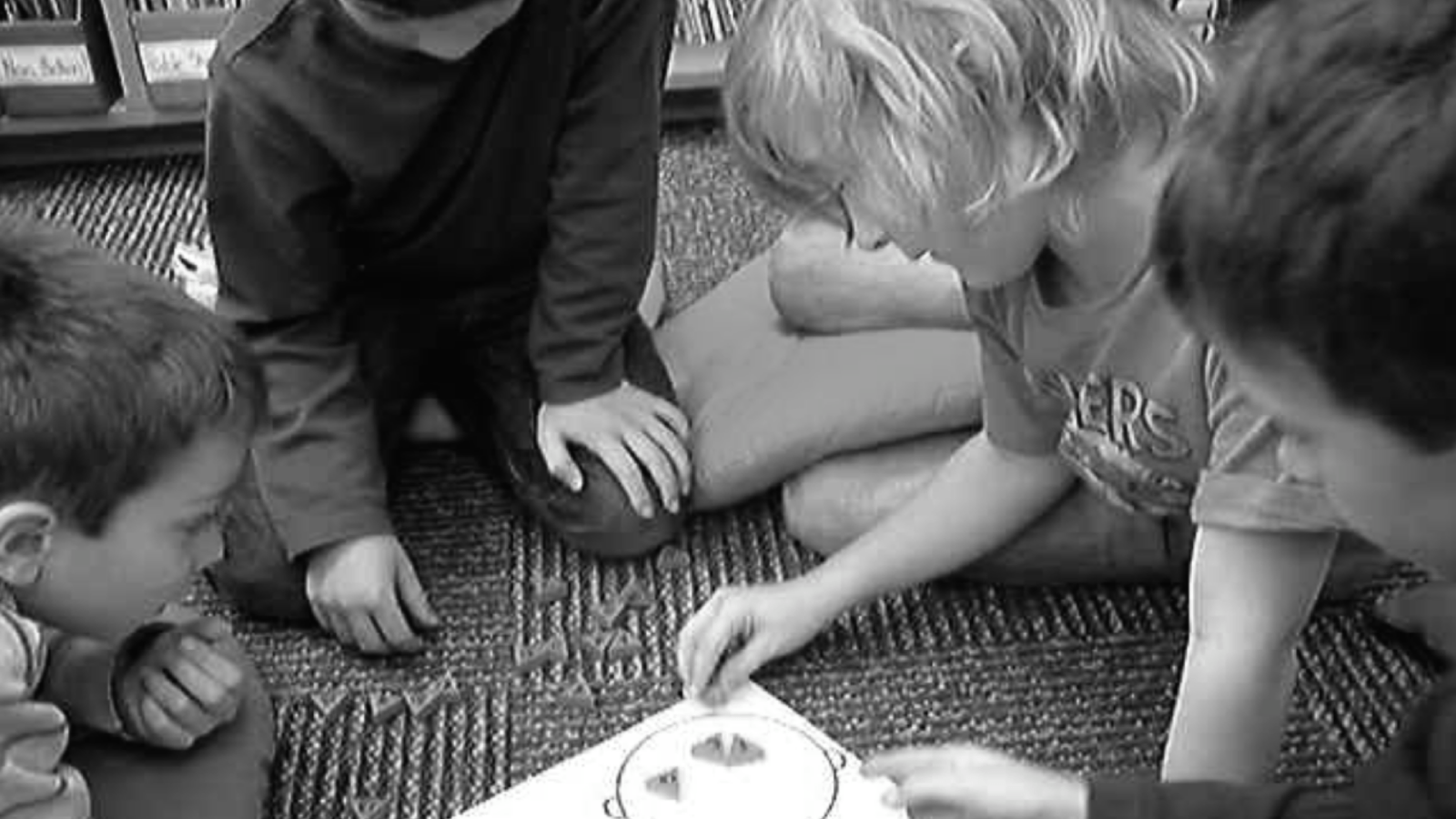
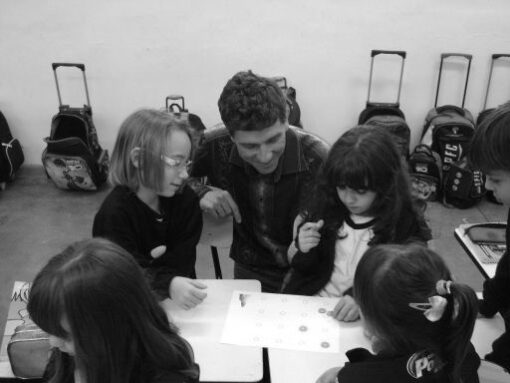
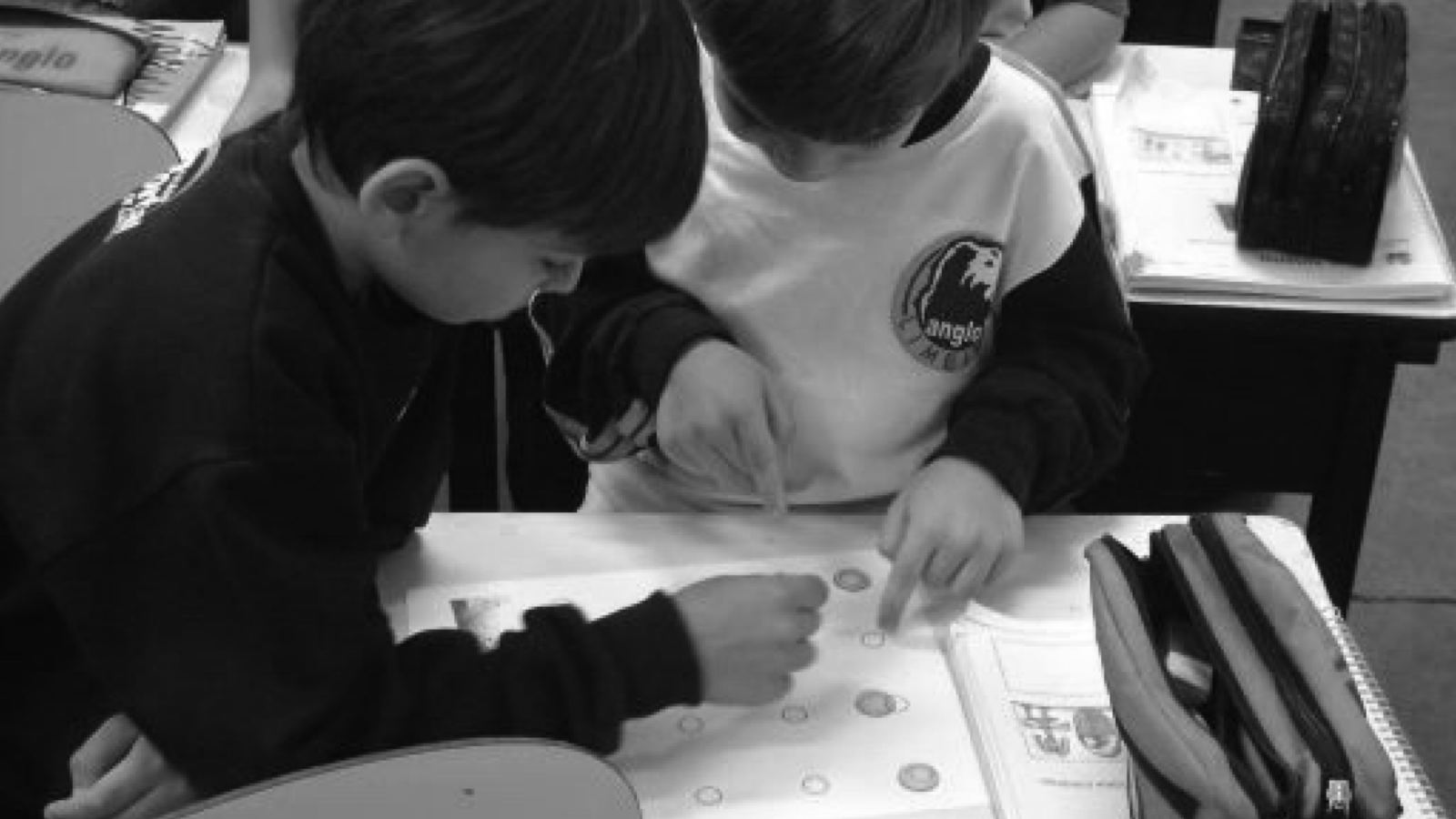
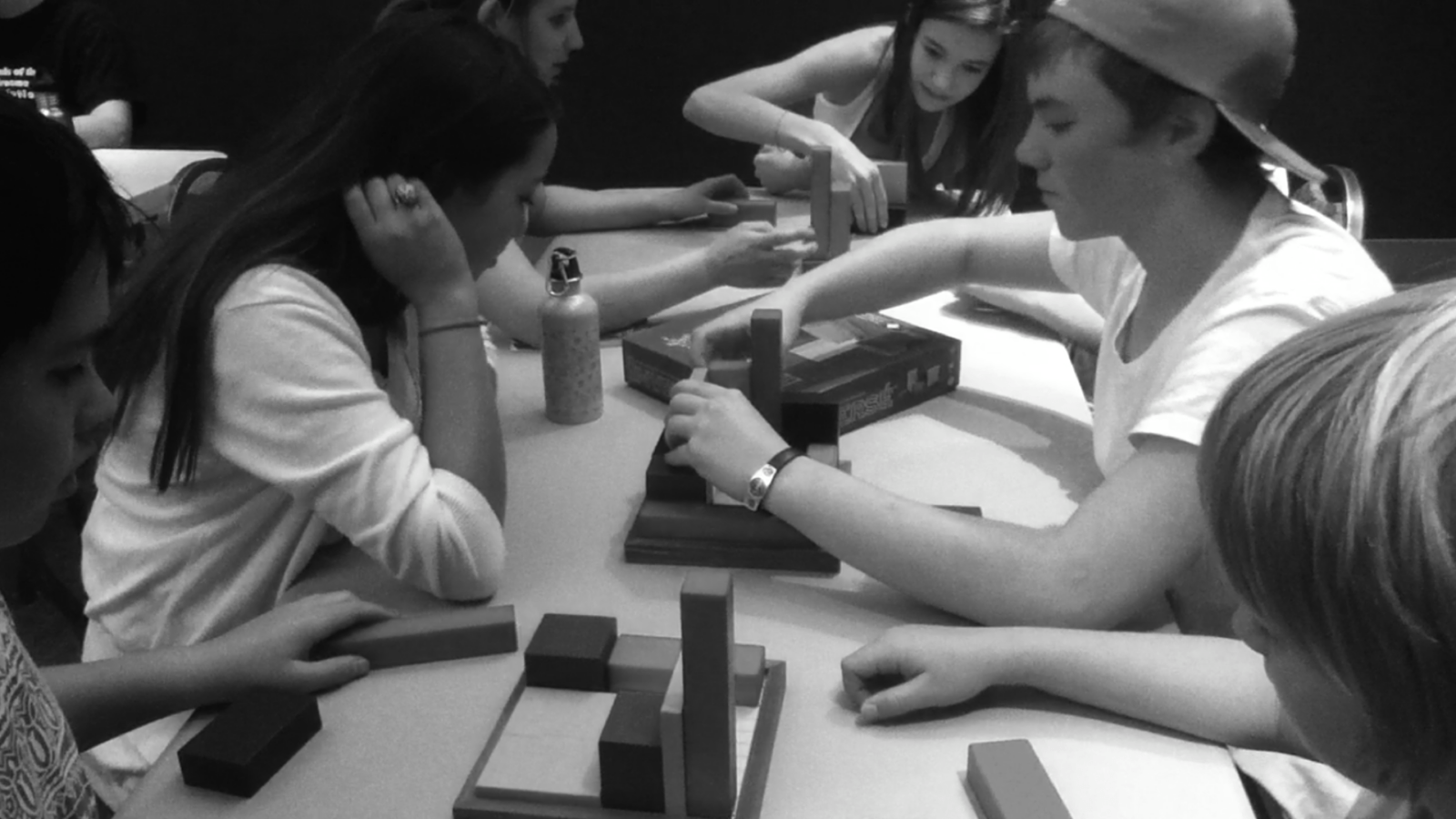

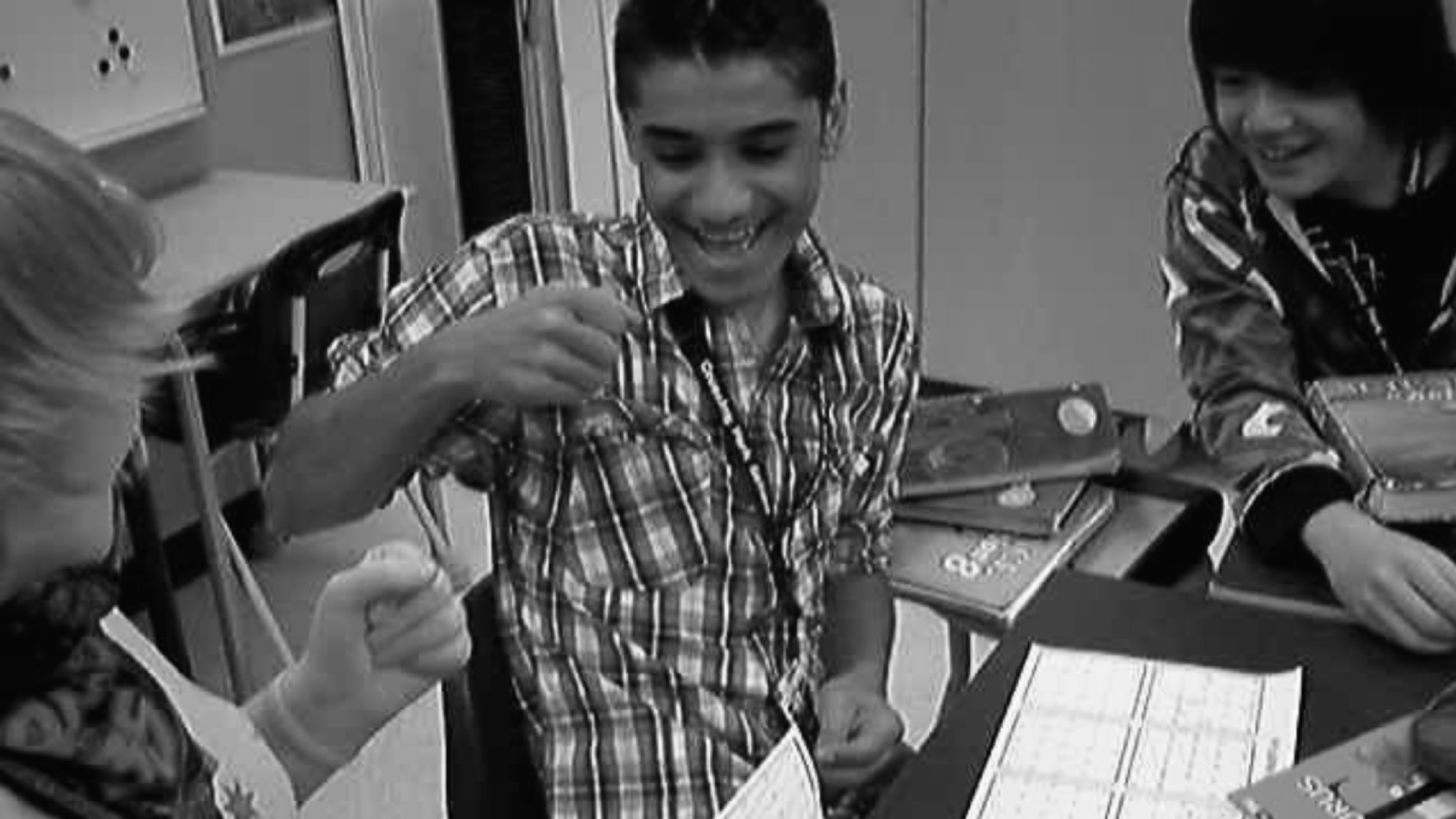
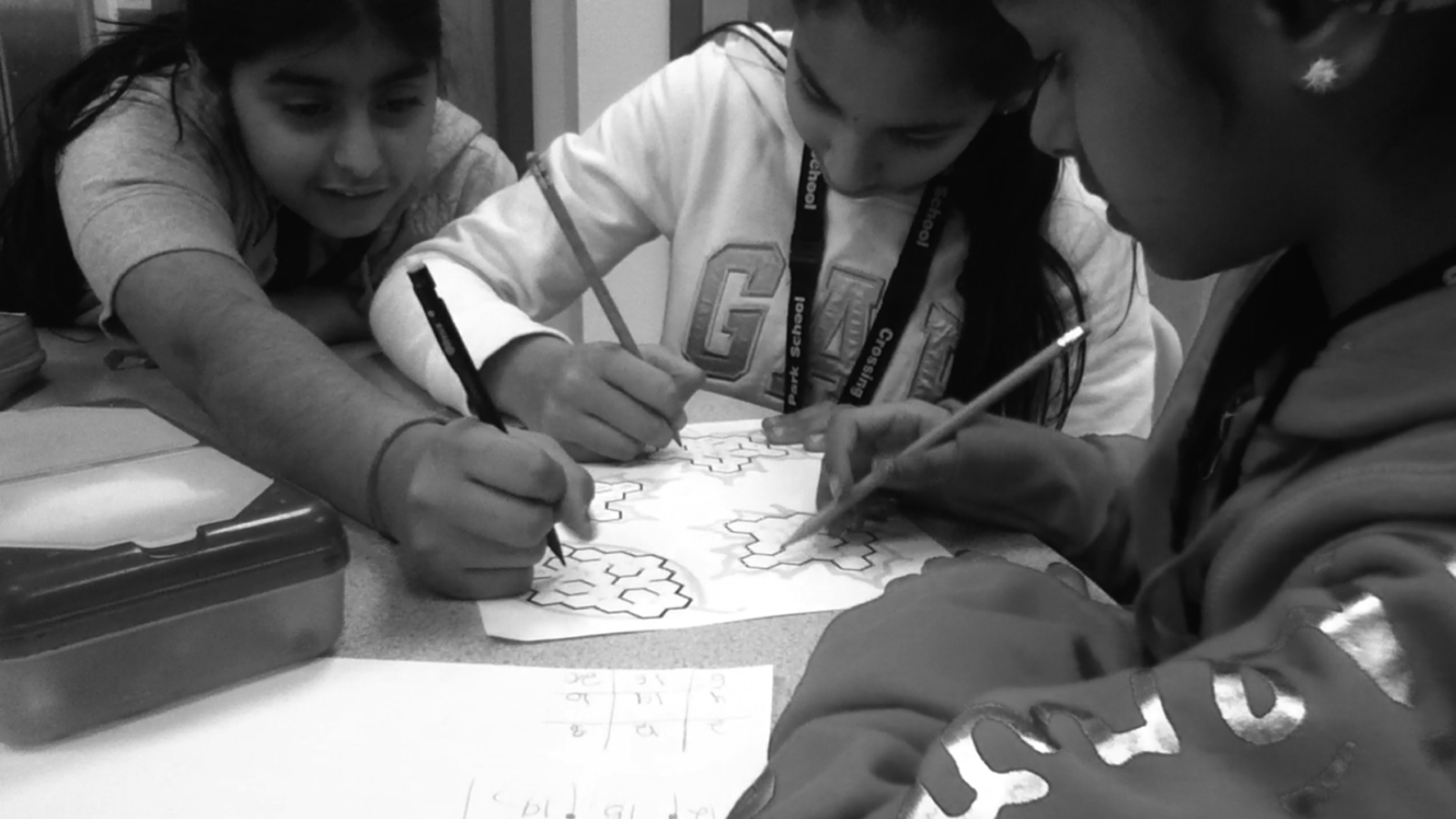
Please use MathPickle in your classrooms. If you have improvements to make, please contact me. I'll give you credit and kudos 😉 For a free poster of MathPickle's ideas on elementary math education go here.